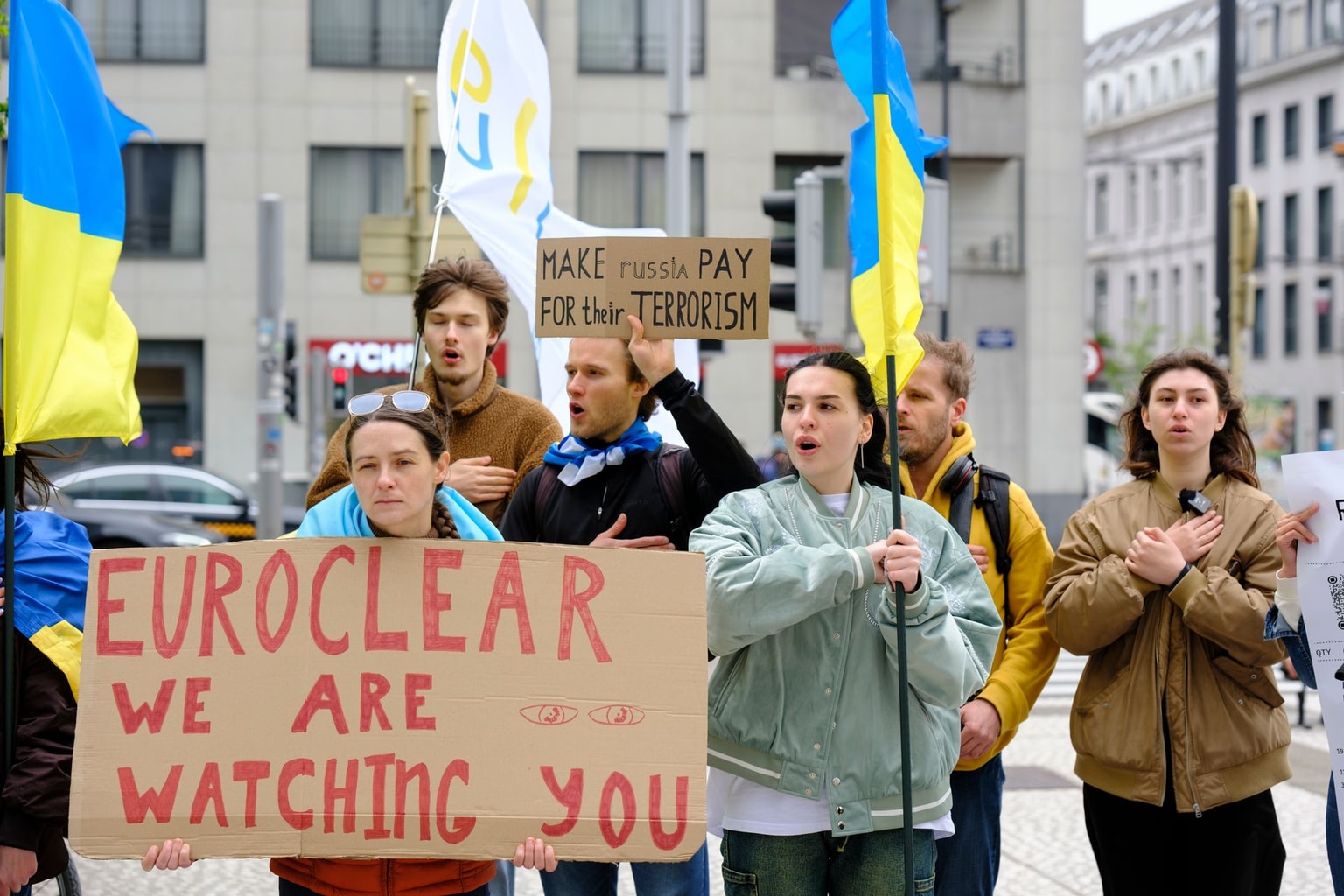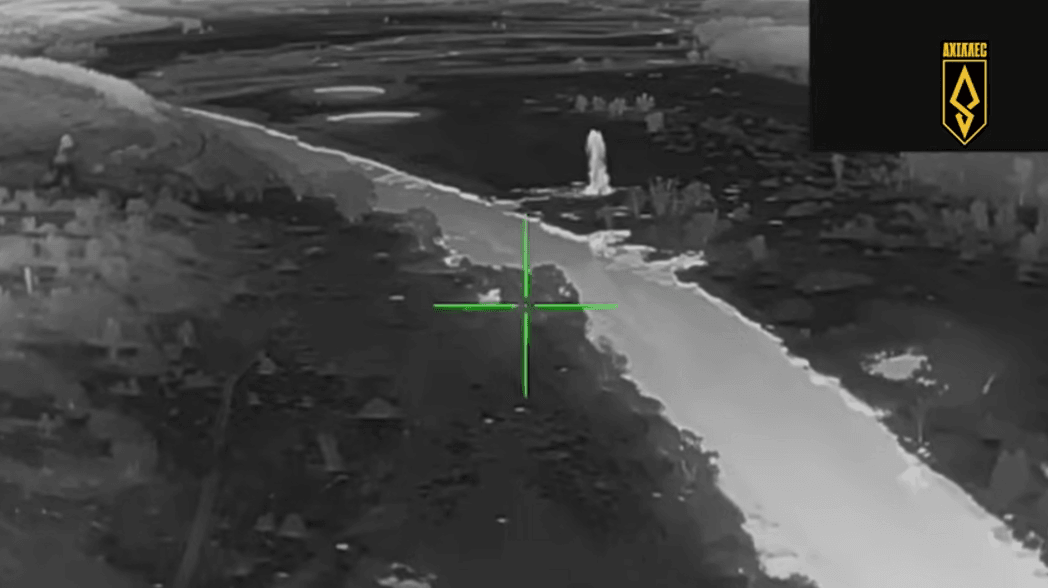Sinking memories. Kherson residents recover after Kakhovka dam disaster (PHOTOS)

Editor’s note: The following is a photo essay and a personal reflection on the flooding of Kherson by Ukrainian photographer Anastasia Vlasova, a native of Kherson. Vlasova returned to her hometown days after Russia destroyed Kakhovka dam in early June, resulting in a catastrophic flooding of many cities and villages down the Dnipro River, including Kherson.
KHERSON – My best childhood friend, Katya, used to live near Korabelna Square in Kherson. On hot summer days, I would take a bus to meet her there, and together we would go to the Hydropark beach in the city’s Korabelnyi District, or the “Island” as locals call it. It was our summer routine.
Katya now lives in Odesa. Her eldest daughter just finished her first year of school there, and she will most likely attend her second in Odesa, too.
Like mine, Katya’s parents still live in Kherson. Both of our mothers got humanitarian jobs after Kherson was liberated from Russian occupation in November last year.
My parents’ home stands farther away from the river and it wasn’t affected by the flooding caused by Russia’s destruction of the nearby Kakhovka dam on June 6, but Katya’s street was flooded. While the water didn’t reach Katya’s parents’ apartment, they have to stay with their in-laws until the water is pumped out of the building and the electricity is back.
When I arrived in Kherson to see the flooding with my own eyes, I went to Katya's street.
“My apartment wasn’t flooded, but the water made it impossible to exit the building,” 87-year-old Anatolii Kobyliatskyi says as he points to a nine-story building on Bohorodytska Street, Katya’s street. “I had to go up to and through the roof to use the building’s other exit.”
The “Island” was almost submerged due to the dam’s destruction.
One of my first childhood memories is actually from there: My father’s car garage was located on the “Island,” and I remember how we used to go there to park his first Moskvich, the smell of gasoline, and the look of his old, navy uniform hanging from one of the nails in the wall. I have a photo of Dad and me in the garage – unlike most photos of myself as a child, I genuinely like it.
At their peak, the flood waters reached Kherson’s Local History Museum. We used to go there on annual field trips in high school. Again and again, we would listen to the same stories about the German occupation of Kherson in World War II and the local partisans that fought against it.
Since the liberation of Kherson from Russian occupation last year, new stories are told in Kherson: the stories of Russian war crimes and the local heroes who survived.
Viktor and Vitalii, two volunteers from Kryvyi Rih, Dnipropetrovsk Oblast, arrived in Kherson to help when they heard about the Kakhovka dam. Together with other volunteers, they evacuated people and animals from flooded areas under Russian shelling. Now, they deliver food, drinking water, and generators to those who have remained in the city.
“I had a boat; that’s why I came,” says Vitalii, 48, who traveled to Kherson with his wife the day after Russian forces blew up the dam.
A woman approaches the volunteers – she wants to visit her home for the first time since the water level dropped, making it possible to enter. She asks a volunteer for rubber boots and body bags for her farm animals, and she almost cries. The volunteer says he will go with her.
In another part of Kherson, water surpassed the banks of the small Verevchyna River and filled homes, playgrounds, and the first floors of apartment buildings.
Nadiia Mischenko, 77, hangs wet clothes and blankets outside her flooded first-floor apartment.
“They are not clean; it’s just to dry them out,” she says, taking out more and more wet clothes and fabric from her home. “I’m probably going to throw it all away anyway, as it’s all ruined.”
Mischenko’s neighbors do the same: At the entrance of every building, pieces of furniture, clothes, and toys lie on the ground. The smell of silt inside the buildings is dizzying.
A stray cat runs with a fish in its mouth. Living fish remain in almost every garden, trying to swim away.
The day I left Kherson, the building where my mother works was hit by a Russian rocket. Luckily, it happened at 6 a.m. when nobody was there. Still, this was not a reason for my mother not to go to work. Her mission for the day was to arrange clean water supplies for affected communities.
On the way back to Kyiv, we passed my old school. The building’s left corner, right next to my classroom, was slightly damaged by a rocket attack. While it happened a while ago, I stopped to take a photo in case the building isn’t there the next time I visit.























